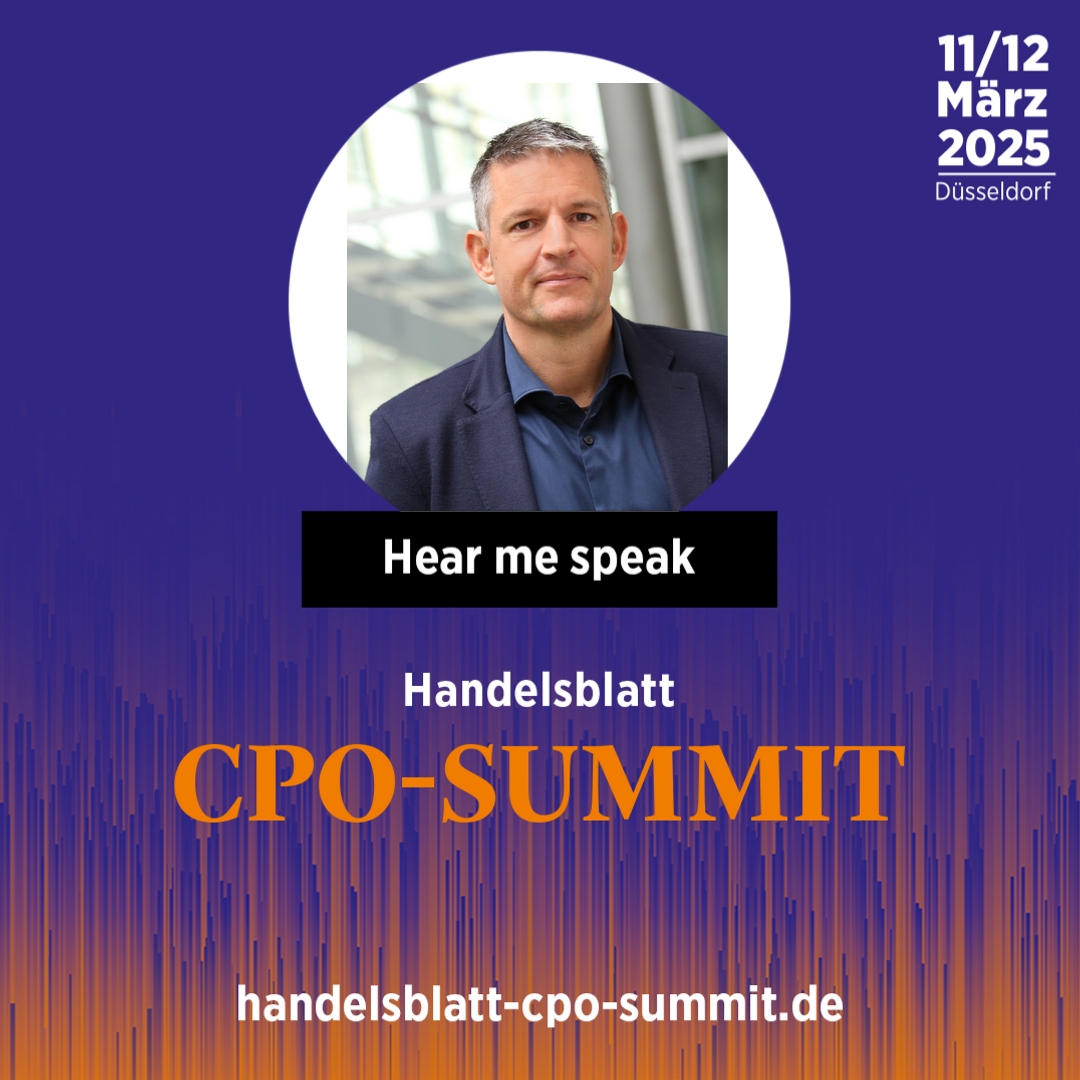Liebe digitale Mitinsassen – Karneval ist vorbei, der Wahnsinn aber nicht! Ein genialer Ingenieur hat eine verrückte Idee: Er will das ultimative Spielzeug erschaffen – einen Frosch, der nicht nur hüpft, sondern auch quakt und leuchtet. Ob für Kinder oder Technikfans, dieses kleine Wunderwerk soll begeistern. Die Herausforderung ist groß: Wie kombiniert man Mechanik, Sound… Continue reading 🐸 𝐃𝐞𝐫 𝐅𝐫𝐨𝐬𝐜𝐡, 𝐝𝐞𝐫 𝐳𝐮 𝐯𝐢𝐞𝐥 𝐰𝐨𝐥𝐥𝐭𝐞 – 𝐨𝐝𝐞𝐫 𝐰𝐚𝐫𝐮𝐦 𝐰𝐞𝐧𝐢𝐠𝐞𝐫 𝐦𝐚𝐧𝐜𝐡𝐦𝐚𝐥 𝐦𝐞𝐡𝐫 𝐢𝐬𝐭!
🐸 𝐃𝐞𝐫 𝐅𝐫𝐨𝐬𝐜𝐡, 𝐝𝐞𝐫 𝐳𝐮 𝐯𝐢𝐞𝐥 𝐰𝐨𝐥𝐥𝐭𝐞 – 𝐨𝐝𝐞𝐫 𝐰𝐚𝐫𝐮𝐦 𝐰𝐞𝐧𝐢𝐠𝐞𝐫 𝐦𝐚𝐧𝐜𝐡𝐦𝐚𝐥 𝐦𝐞𝐡𝐫 𝐢𝐬𝐭!










